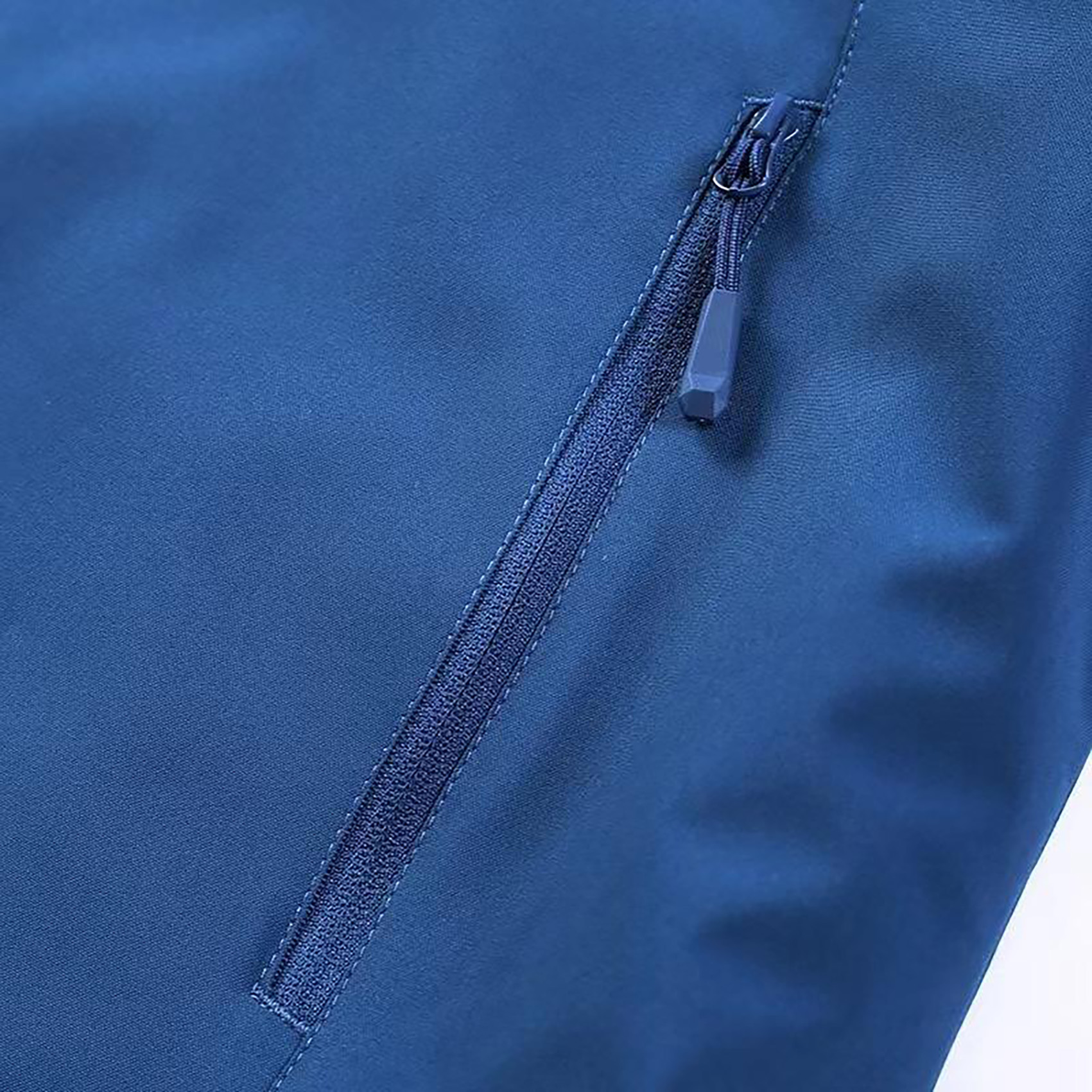- Afrikaans
- Albanian
- Arabic
- Armenian
- Basque
- Belarusian
- Bengali
- Bulgarian
- Croatian
- Czech
- Danish
- Dutch
- English
- Esperanto
- Finnish
- French
- German
- Greek
- Hebrew
- Hindi
- Indonesian
- irish
- Italian
- Japanese
- Javanese
- kazakh
- Rwandese
- Korean
- Kyrgyz
- Latin
- Latvian
- Luxembourgish
- Malay
- Myanmar
- Nepali
- Persian
- Polish
- Portuguese
- Romanian
- Russian
- Serbian
- Slovak
- Spanish
- Swedish
- Tagalog
- Tajik
- Turkish
- Ukrainian
- Uzbek
- Vietnamese
Oct . 01, 2024 15:57 Back to list
Choosing the Best Protective Gloves for Welding Safety and Comfort
The Importance of Safety Gloves for Welding
Welding is a crucial process in various industries, including construction, manufacturing, and repair services. While it plays an essential role in joining metals and fabricating structures, it comes with significant risks, including exposure to extreme heat, electrical shock, and hazardous materials. Therefore, one of the most critical pieces of personal protective equipment (PPE) for welders is safety gloves. In this article, we will delve into the importance of safety gloves for welding, the types available, and how to choose the right pair.
Why Safety Gloves are Essential in Welding
Welding gloves serve several essential purposes that help protect welders from the inherent dangers of the trade. First and foremost, they shield the hands from the intense heat generated during the welding process. Temperatures can easily exceed 1,500 degrees Fahrenheit, and without appropriate gloves, welders risk severe burns.
In addition to heat protection, welding gloves also provide a barrier against sparks, molten metal, and slag that can easily result in painful injuries. Moreover, gloves can protect against electrical hazards, especially during arc welding, where electrical currents pose a considerable risk if adequate protection is not worn.
Another critical aspect is the dexterity offered by quality welding gloves. While welders need robust protection, they also require a certain level of flexibility to manipulate tools and materials effectively. Thus, the glove design should prioritize both safety and functionality.
Types of Welding Gloves
There are several types of welding gloves on the market, each designed for specific welding methods and environments. Understanding the differences can help welders make informed choices.
1. Leather Gloves Most welding gloves are made from leather due to its exceptional durability and heat resistance. Cowhide, pigskin, and deerskin are common types used in welding gloves. Cowhide is particularly popular for its balance of flexibility and protection.
2. Synthetic Gloves Materials like Kevlar are used in synthetic gloves, which offer excellent cut resistance and protection from heat. These gloves can be lighter than leather but may lack in terms of durability for heavy-duty welding tasks.
3. Welders' Gauntlet Gloves These gloves feature extended cuffs, providing extra protection for the wrists and forearms. They are ideal for overhead welding and other tasks where molten materials may fall onto the hands.
safety gloves for welding

4. Insulated Gloves For those working in colder environments, insulated welding gloves are available. They provide warmth while also ensuring safety and protection against welding hazards.
How to Choose the Right Welding Gloves
Selecting the right welding gloves is crucial for ensuring both safety and comfort during work. Here are some tips to consider
1. Material Selection Choose a glove material that matches the welding process you are using. For instance, leather is often the go-to choice for MIG and TIG welding due to its heat and puncture resistance.
2. Fit and Comfort Gloves should fit snugly but not too tight. A well-fitting glove allows for better dexterity, enabling welders to handle tools and materials safely and effectively.
3. Protection Level Check for gloves that meet specific safety standards, such as EN 12477 for protective gloves for welding and allied processes. This ensures that the gloves have been adequately tested for welding applications.
4. Cuff Length Depending on your welding techniques, consider the cuff length. Longer cuffs may be more suitable for tasks where splatter is a risk.
5. Ease of Movement Ensure that the gloves allow for sufficient finger movement and grip, as this can significantly affect job performance.
Conclusion
Safety gloves are an indispensable part of a welder's protective gear. By understanding their importance and the various types available, welders can make informed choices that enhance their safety and efficiency on the job. Properly selected gloves not only protect against hazardous conditions but also enable welders to perform their tasks with the dexterity needed for high-quality work. Investing in the right pair of welding gloves is a small price to pay for safety and comfort in a potentially dangerous profession.
-
Work Reflective Vest: A Silent Guardian of Security
NewsJul.10,2025
-
Vest Reflective Safety: A Safety Lighthouse in Low Light and High Traffic Environments
NewsJul.10,2025
-
Soft Cotton Polo Shirts: A Fashionable and Practical Choice for Multiple Scenarios
NewsJul.10,2025
-
Soft Cotton Polo Shirts: A Fashionable and Practical Choice for Multiple Fields
NewsJul.10,2025
-
Reflective Vest: The Light of Industry and Outdoor Safety Protection
NewsJul.10,2025
-
Polo Shirt: A versatile and fashionable item that can be worn in one outfit
NewsJul.10,2025




